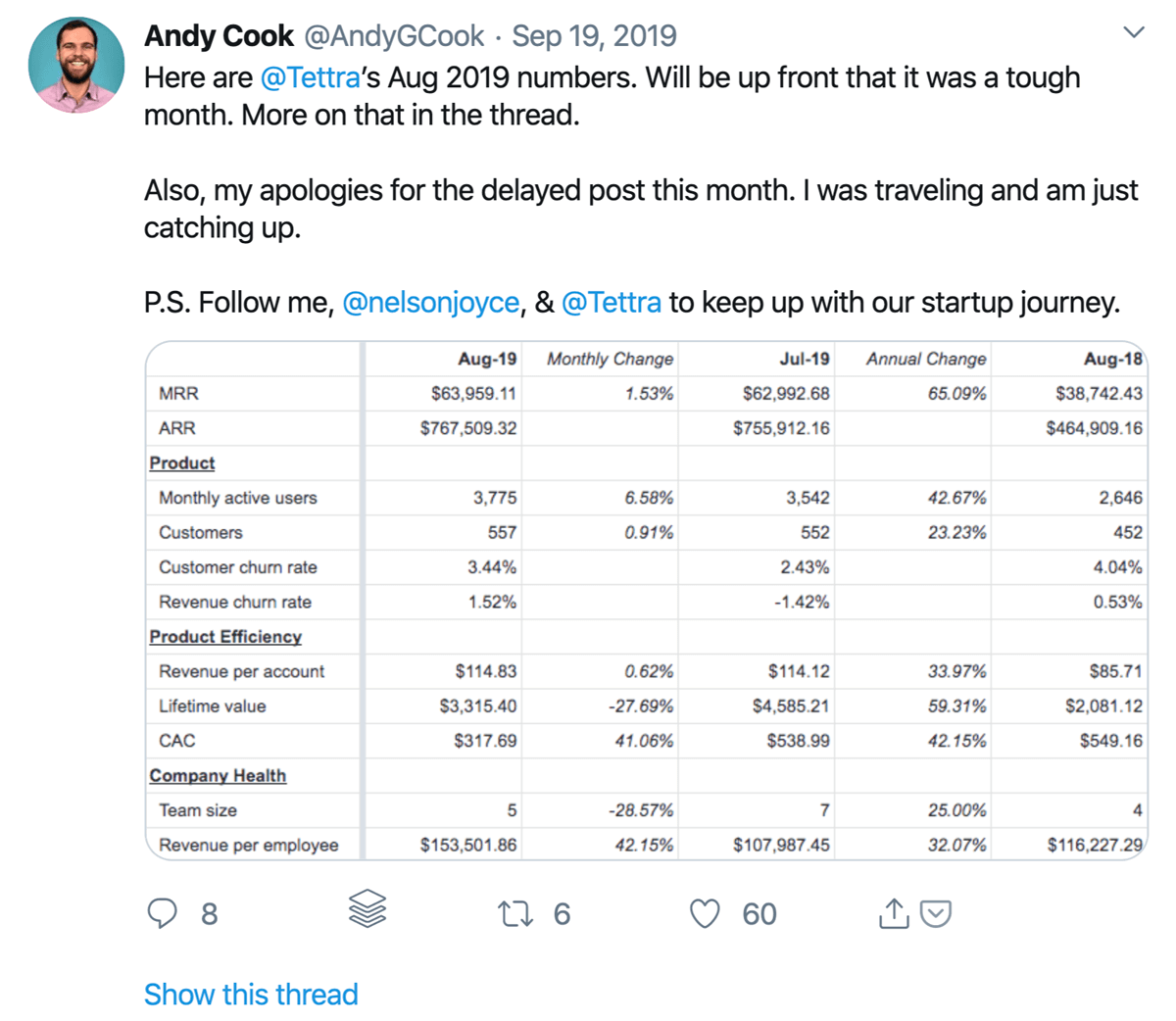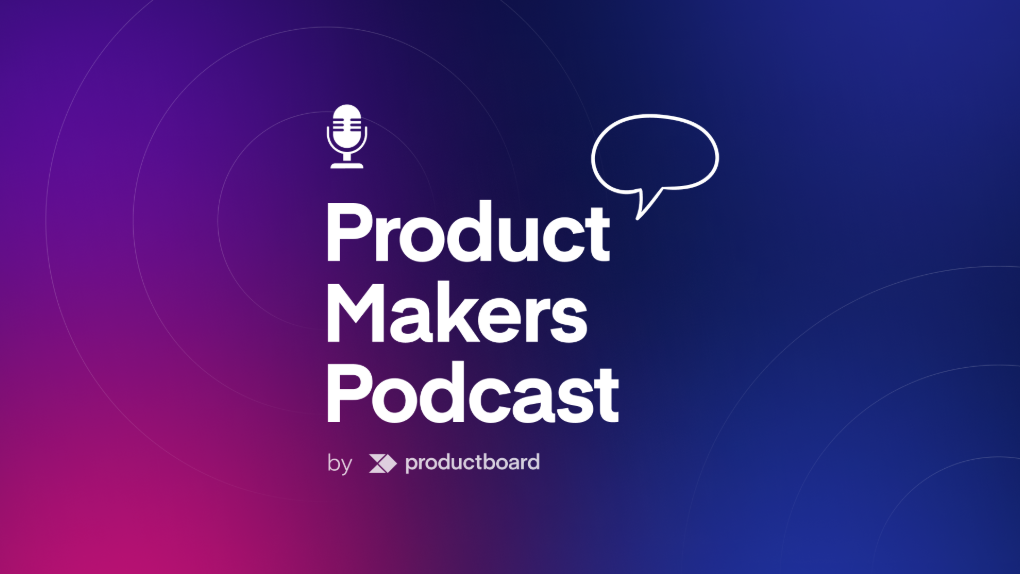The benefits of being transparent about your product management process

It is undeniable that transparency is becoming increasingly popular in the world of tech.
Over the past few years, companies have introduced transparency into their business strategies by opening their books for the public to see. Andy Cook of Tettra, for example, posts his company’s numbers every month on social media and other channels.
This radical form of transparency isn’t what we’re going to propose here. But, there are benefits to sharing some of your priorities reasonably and authentically with the public. We dive deeper into these below, specifically focusing on transparency when it comes to product management.

Bringing transparency to product management
Before you can develop a culture of transparency in product management, you need to understand what it is and make sure that you are doing it for the right reasons.
Product transparency is part of a greater business transparency. With product transparency, you open up your product management process so that both users and internal stakeholders can better understand your product vision, strategy, and roadmap.
Transparency can be very powerful with the right intentions. If you’re developing a culture of product transparency because you want to foster a stronger relationship with your users, for example, then you’re on the right track. But, if you’re doing it as a marketing stunt, your users will see right through you.
The benefits of transparency in product management
We’ve seen three direct benefits of introducing transparency into your product management process.
It improves your product through feedback…
When you open your roadmap and decision-making process, users will be more likely to provide valuable feedback. This can improve your product because you’ll have more exposure to their problems and thus gain a stronger understanding of how to fix them.
For example, you may prioritize a certain feature because you think it’s the best way to address a pain-point of your users. But, when you invite them to give feedback on your roadmap, or even during the product discovery process, you might unearth insights that lead to an even better solution.
Feedback from cross-functional stakeholders is also vital because, as a former product manager at Intercom puts it, the best products are built as a team sport. If you ignore or actively avoid feedback from your team, you might be missing out on key insights that could change the way you approach product prioritization.
It helps users and internal stakeholders understand priorities…
When you bring transparency into your product management process, you not only share the features that are coming next, you share the features that were in consideration but didn’t make the cut. This way, users not only know what you plan to build, they understand why and how you came to the decision.
The same logic applies to your internal teams. A notoriously difficult aspect of product management is earning buy-in for product decisions. This is because each part of the organization has different incentives and wants different outcomes. Sales, for example, wants features that will close deals to be the top priority. Engineers want to retire technical debt, fix bugs, and improve product architecture. Support wants to address the biggest generators of tickets. The list goes on.
When you are open with your product decision-making process, everyone involved can better understand tradeoffs and why some features were prioritized over others. Though it’s impossible to please everyone, this transparency equips product managers with the confidence and data needed to back their choices in the face of pushback.
It guides buying decisions…
If buyers understand which product features are coming and which are currently in development, it could influence their purchase decision when assessing your product over a competitor’s.
For example, say a potential customer is comparing your company against Company B. Company B’s product has a number of features that are on the customer’s “nice-to-have” list. Your product doesn’t include those features yet, but you are actively working on them.
If the potential customer doesn’t know that you’re actively working on those features, they might choose to go with Company B’s product. But since your sales team shared your roadmap with the potential customer, that person decides to purchase your product because their nice-to-have features are coming soon.
3 companies practicing product management transparency
If you’re still not sure about whether being transparent about your product management processes is right for you, take a look at a few companies that do it for all the right reasons.
1. Buffer
Buffer is one of the most transparent SaaS companies around. They have an entire blog dedicated to transparency and they publish their public product roadmap on Trello.

2. UiPath
UiPath is another company that practices transparency. They regularly publish their release notes in a Product Portal so users can see the features that are planned or under consideration, as well as what was recently launched.

Using this Product Portal, UiPath users can submit new feature ideas, explain why upcoming features are important to them, and engage directly with UiPath’s product management process.
3. Productboard
At Productboard, we practice what we preach. Our Product Portal acts as our public-facing roadmap and empowers our users and team to both actively provide feedback and see feedback others have volunteered. We organize our portal by the area of our product the feature improvement affects.

By using our portal and opening up our product management process, we are able to connect deeply with our users, better understand their problems, and, by allowing them to submit new ideas, give them the ability to contribute to our product directly. It’s a win-win for everybody.
Invite users into your product management process
Product management transparency is a great way to give your users a say in your product development process. Doing that can have huge benefits for both sides. Your users will trust you more, which leads to stronger brand loyalty. Your team will benefit too because they have a direct line to user feedback, which can improve your product in the long-term.
Of course, there are a few risks associated with product transparency to consider. The ability of competitors to spy on you is one. Another is subjecting potential mistakes — like missing a deadline or developing a product that flops — to public scrutiny.
It is ultimately up to you and your product organization whether or not product transparency is for you. We hope we’ve provided some compelling information to help guide your decision!
. . .
Productboard is a product management system that enables teams to get the right products to market faster. Access a free trial of Productboard today and check out our Product Portal!





